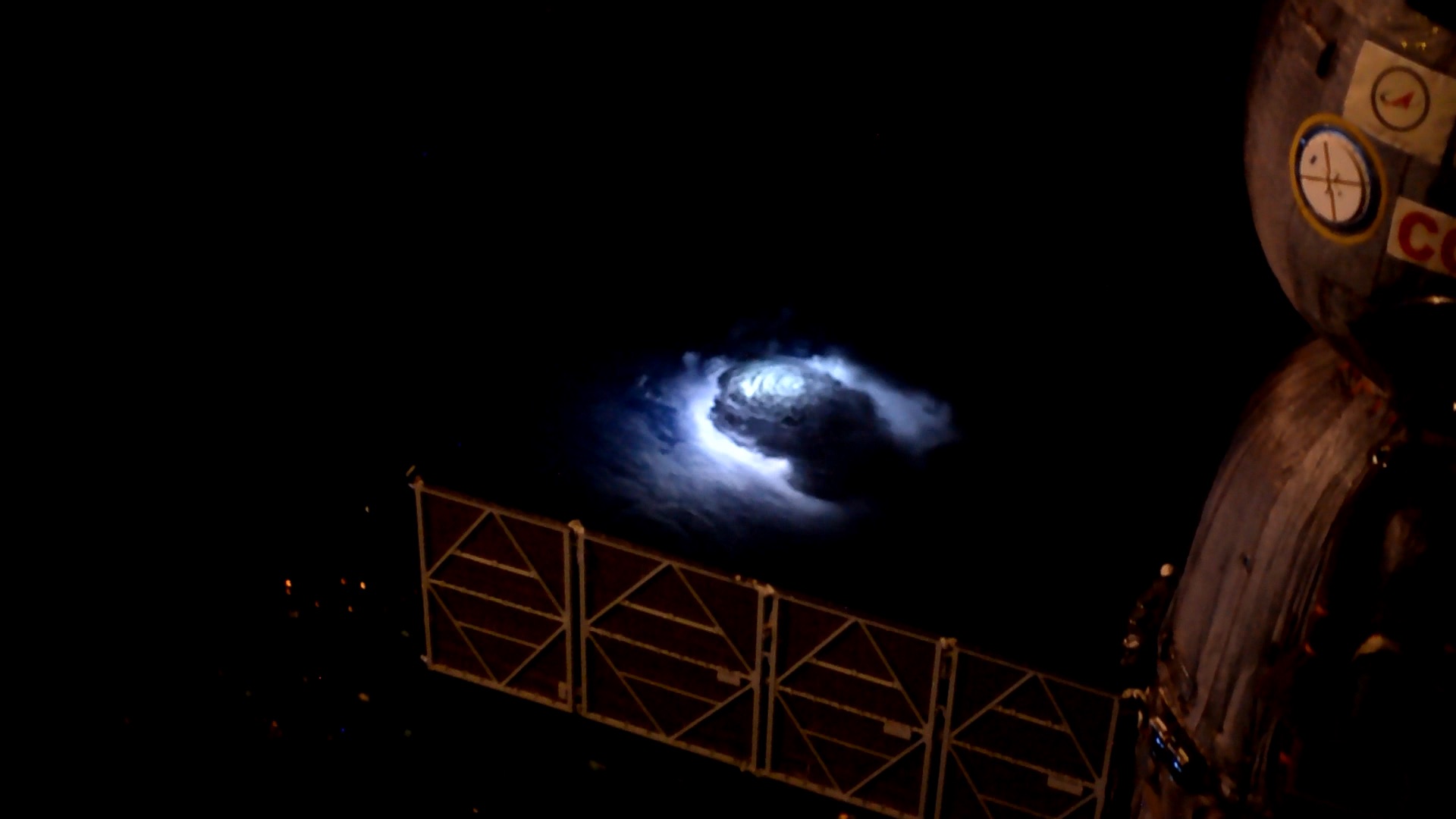Plasma Scientists Created Invisible, Whooping 'Whistlers' in a Lab

There's a sort of radio wave that bangs its way around Earth, knocking around electrons in the plasma fields of loose ions surrounding our planet and sending strange tones to radio detectors. It's called a "whistler." And now, scientists have observed bursts like this in more detail than ever before.
Whistlers, typically created during certain lightning strikes, usually travel along Earth's magnetic-field lines. Humans first detected them more than a century ago, thanks to their ability to make a "whistling" sound (really more like a ghostly recording of laser blasts in a "Star Wars" movie) when picked up by a radio receiver. Yesterday (Aug. 14), researchers from the University of California, Los Angeles reported that they've produced whistlers in a plasma — a very electrically active, difficult-to-control, gas-like state of matter — in their laboratory, and observed their shapes.
When scientists studied whistlers in the past, they typically relied on data from a handful of widely spaced radio receivers distributed all over the planet. That sort of data is useful but is also incomplete. It tells researchers only so much about how the waves form, how they're shaped and how different kinds of ambient magnetic fields in the atmosphere influence them. (Detections of whistlers near Jupiter back in 1979 were also the first evidence scientists had that the giant planet has lightning storms like those on Earth.) [Electric Earth: Stunning Images of Lightning]
In this smaller-scale study, the researchers were able to control both the magnetic-field lines of the plasma and the whistlers themselves, which they created with a magnetic device.
"Our laboratory experiments reveal three-dimensional wave properties in ways that simply cannot be obtained from observations in space," Reiner Stenzel, a co-author of the paper and a professor at UCLA, said in a statement. "This enabled us to study continuous waves, as well as the growth and decay of waves, with amazing detail. This produced unexpected discoveries of wave reflections and of [other strange whistler behaviors]."
The researchers showed that whistlers don't necessarily bounce and reflect inside magnetic fields the way physicists might expect, often following the lines of magnetic fields rather than bouncing off magnetic obstacles. Whistlers, the researchers found, are less subject to influence from outside sources of magnetic energy than researchers expected, and they can penetrate magnetic regions that theories suggest should be unbreachable for the wave fronts.
That means scientists now know more about how to shape a whistler than ever before. And that turns out to be a very big deal: Back in 2014, a team of Italian researchers proposed that whistler waves could be used as the driving force of a plasma thruster to drive a craft through space, thanks to their ability to push on matter. A plasma thruster of this sort would, in theory, require very little fuel mass to push a spacecraft along at high speeds.
Get the Space.com Newsletter
Breaking space news, the latest updates on rocket launches, skywatching events and more!
But if a machine like that is going to work, the researchers wrote, scientists will first need studies like this to understand whistlers well enough to use them.
Originally published on Live Science.
Join our Space Forums to keep talking space on the latest missions, night sky and more! And if you have a news tip, correction or comment, let us know at: community@space.com.

Rafi wrote for Live Science from 2017 until 2021, when he became a technical writer for IBM Quantum. He has a bachelor's degree in journalism from Northwestern University’s Medill School of journalism. You can find his past science reporting at Inverse, Business Insider and Popular Science, and his past photojournalism on the Flash90 wire service and in the pages of The Courier Post of southern New Jersey.










